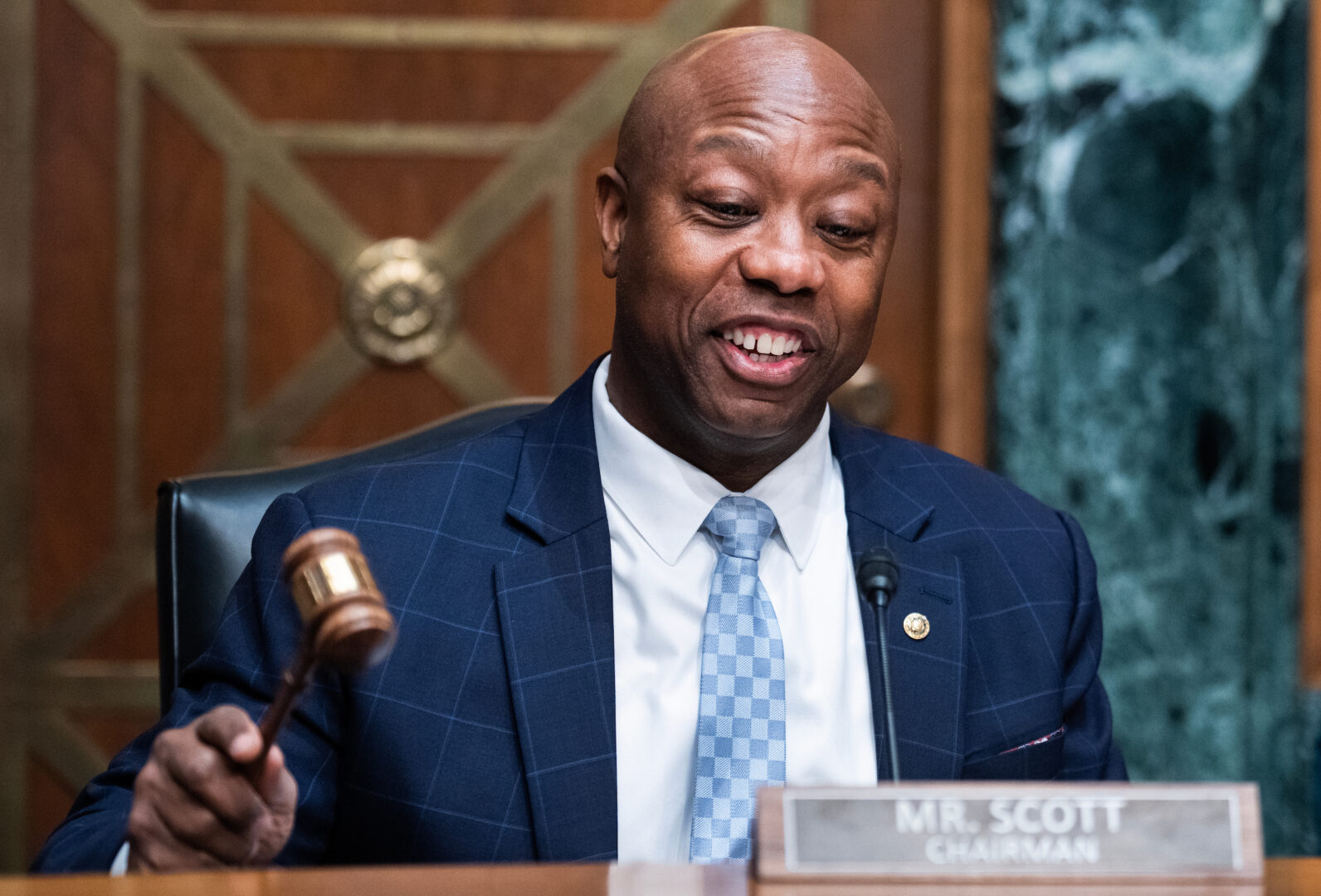A new chapter in the saga of college athletics has officially commenced with the landmark approval of the House settlement on June 6. This pivotal decision marks the undeniable dawn of a new financial era, as institutions nationwide, including prominent powerhouses such as Florida, Florida State, and UCF, began the intricate process of implementing direct revenue-sharing models on July 1. This transformative shift fundamentally redefines the economic landscape of university sports, moving beyond traditional paradigms to embrace a more direct compensation structure for student-athletes.
The core of the House settlement lies in its groundbreaking approach to revenue sharing, an evolution that directly addresses long-standing debates regarding athlete compensation and the commercialization inherent in collegiate sports. For decades, the financial relationship between student-athletes and their programs was largely confined to scholarships and cost-of-attendance stipends. Now, this historic framework allows universities to directly share a portion of their substantial athletic revenues with the very individuals who generate them, establishing a more equitable and transparent system.
Crucially, this settlement intertwines deeply with existing Name, Image, and Likeness (NIL) policies, significantly altering their scope and impact. While NIL previously allowed student-athletes to profit from endorsements and personal branding outside of direct university payments, the House settlement now opens the door for direct compensation from the institutions themselves. This creates a dual pathway for financial benefit, potentially leading to unprecedented earning opportunities for student athletes and further professionalizing their role within the collegiate sports ecosystem.
The implications of this new economic model are extensive and multifaceted, poised to reshape various facets of College Athletics. Recruitment strategies are expected to undergo a profound metamorphosis, as the financial packages offered to prospective student athletes will now include direct revenue shares. Athletic department budgets will require significant restructuring to accommodate these new obligations, and the competitive balance across various conferences could shift dramatically as institutions adapt to and optimize these financial frameworks.
Navigating this transformative period will undoubtedly present complex challenges for universities. Integrating these new financial obligations into existing operational structures, ensuring compliance with evolving regulations, and managing stakeholder expectations will be critical. This pivotal shift is anticipated to have profound effects on the future trajectory of college sports, ushering in an unprecedented level of financial transparency and direct compensation for student athletes, emphasizing their growing professionalization in the Sports and Education sectors, and highlighting a new facet of the Economy within collegiate institutions.
Discover more from The Time News
Subscribe to get the latest posts sent to your email.





